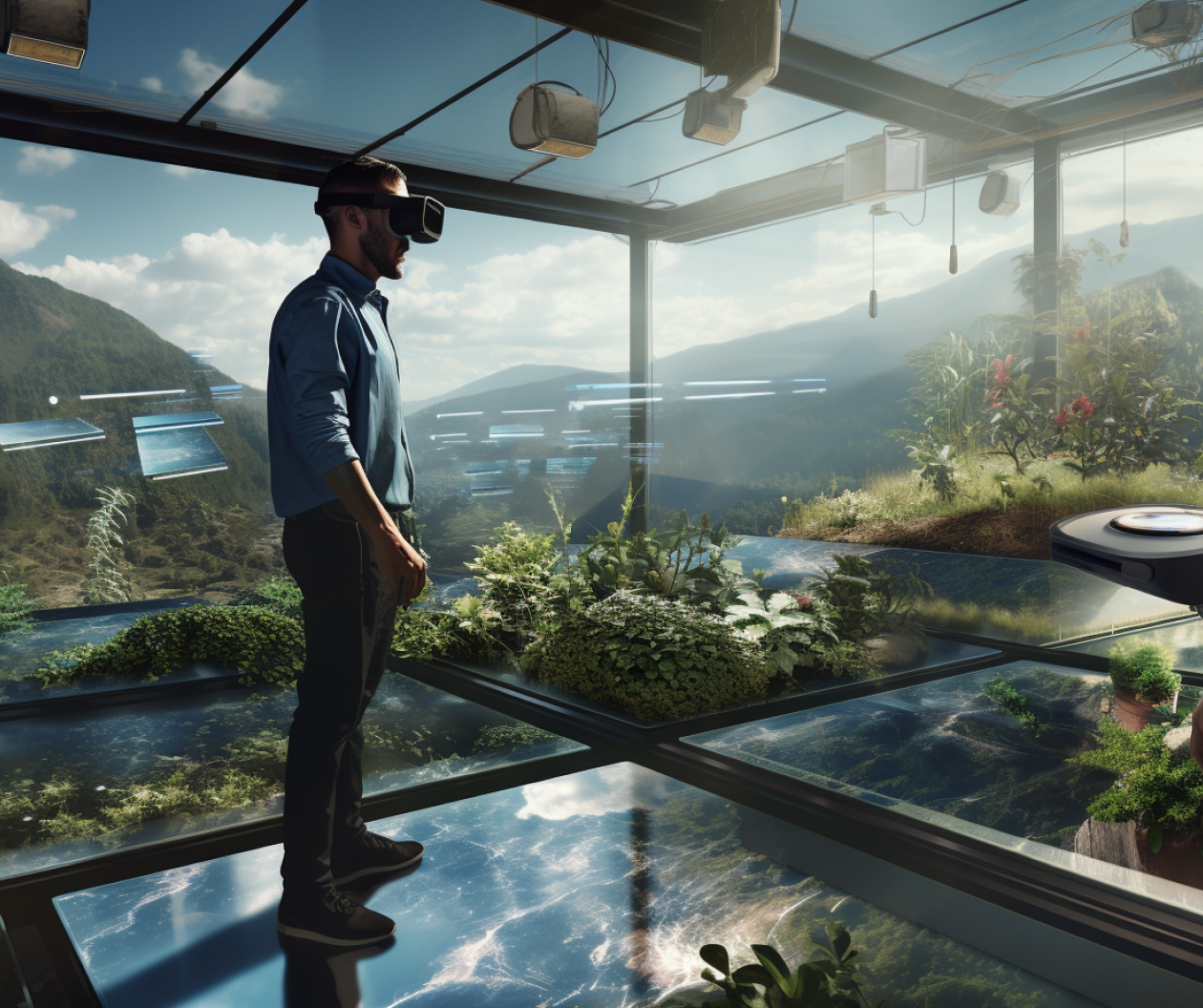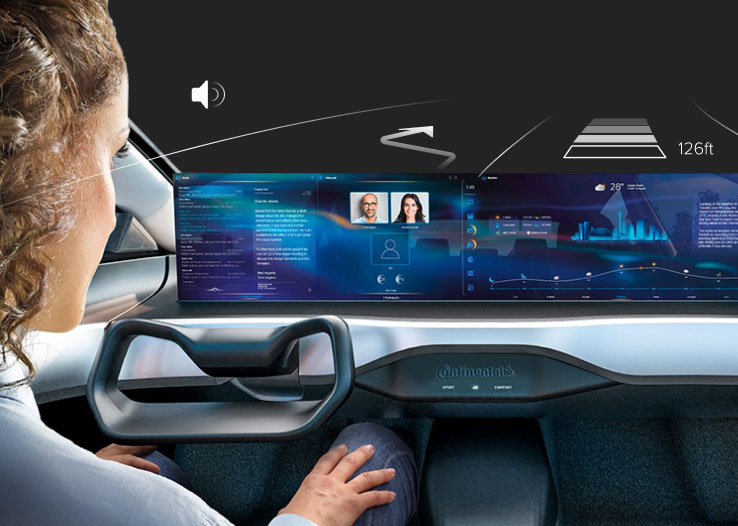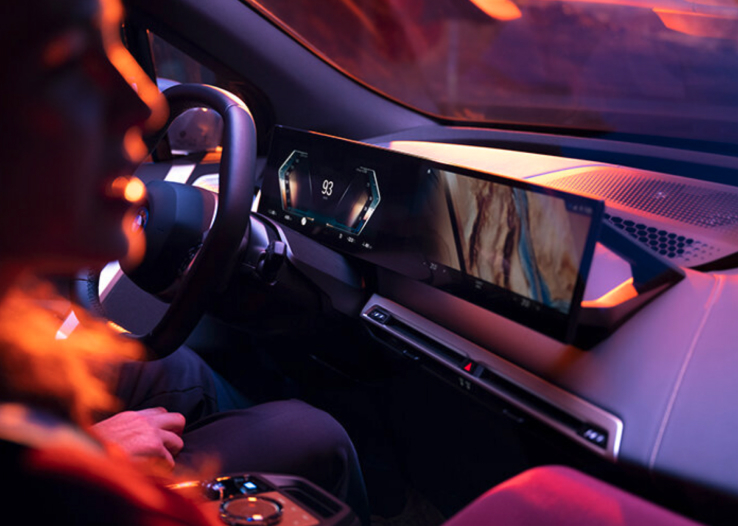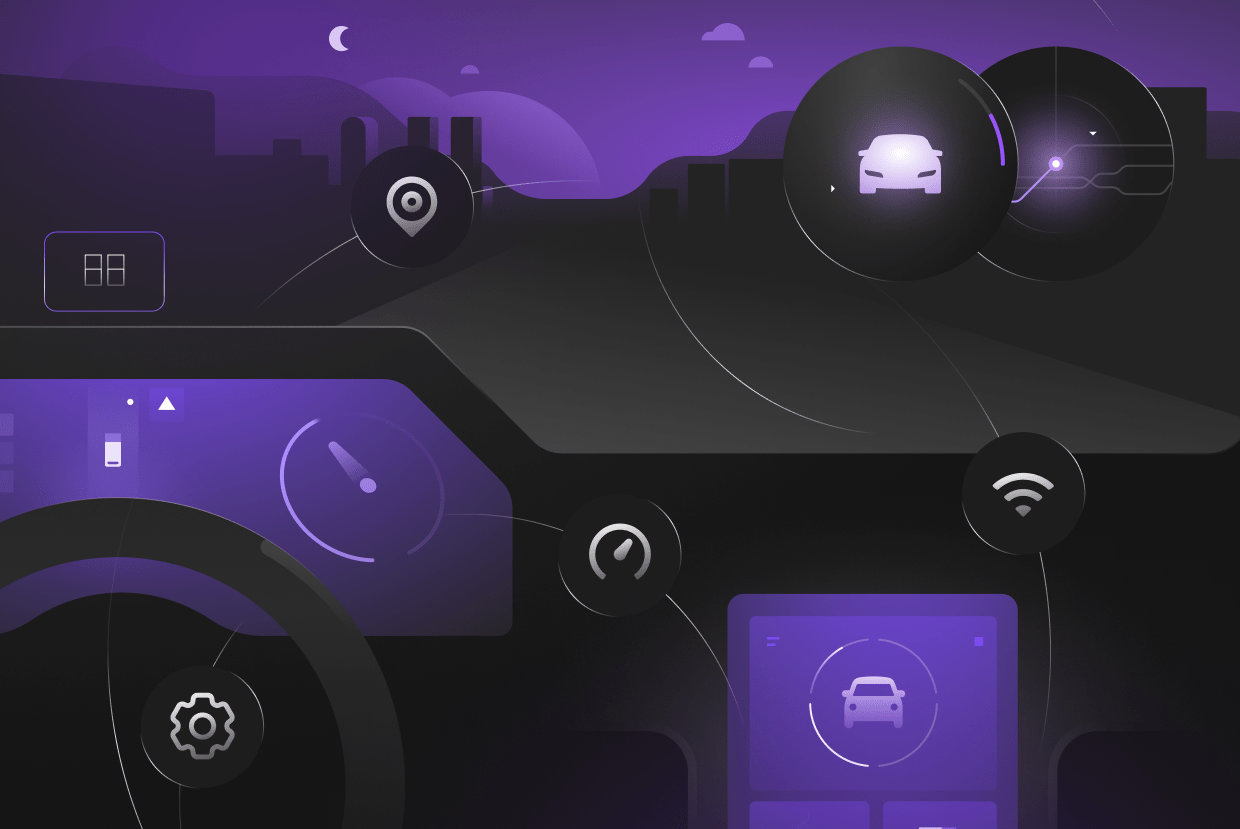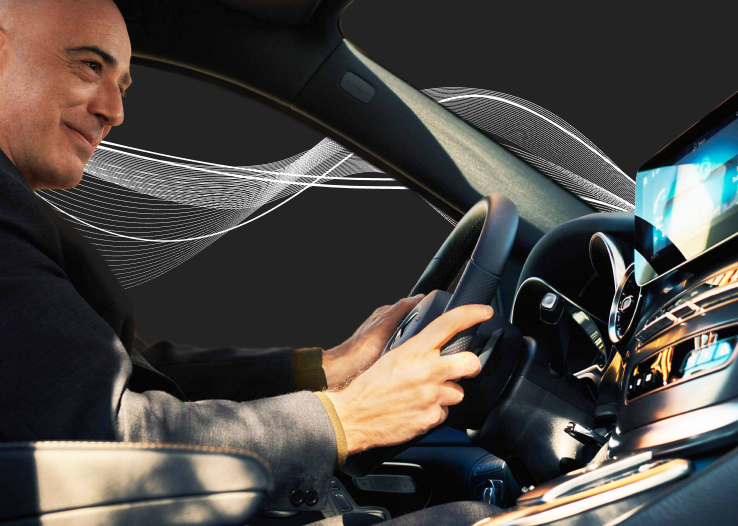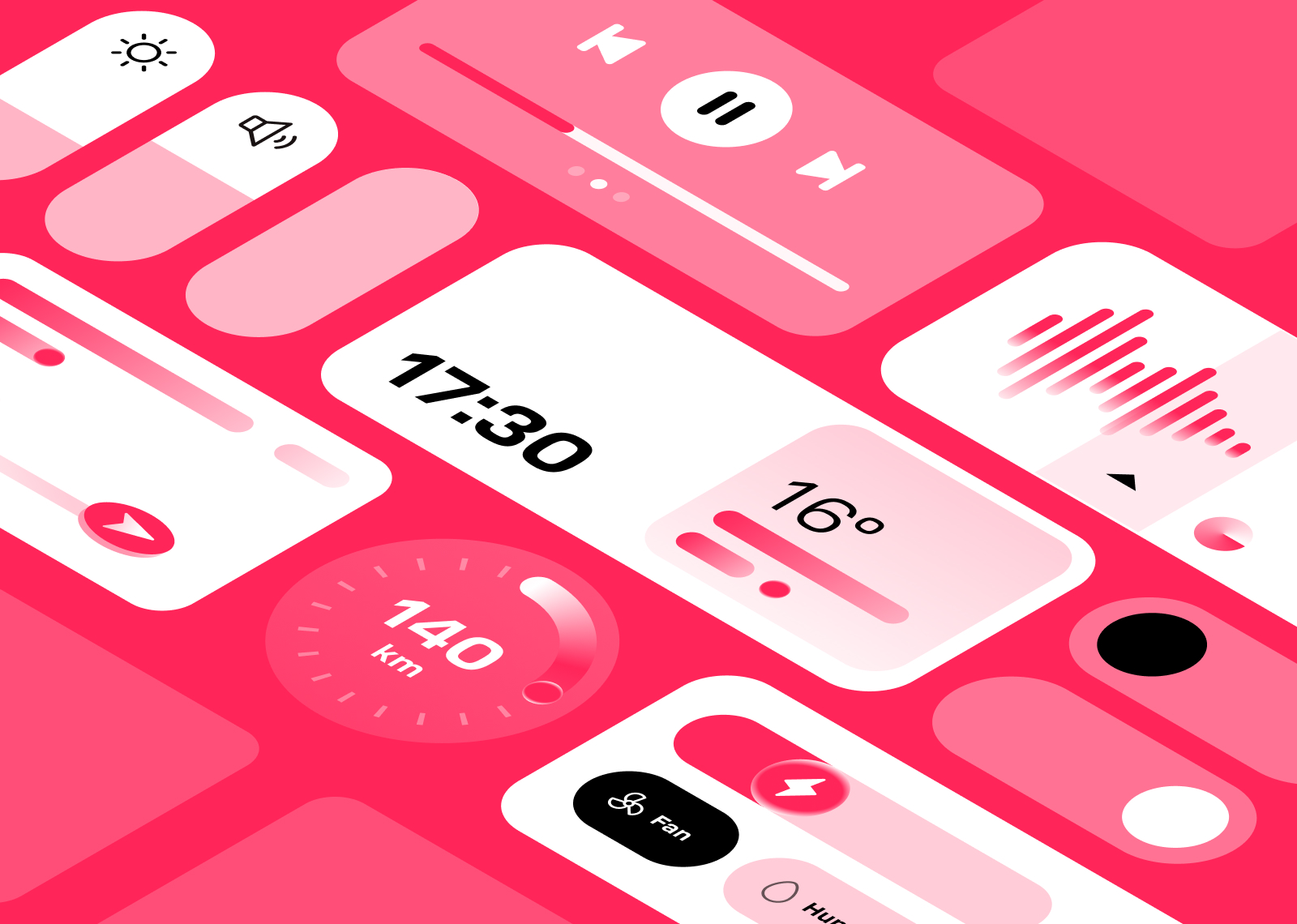The transition to green energy demands a profound overhaul, extending far beyond technological advancements. And while this transition is accelerating, the rate of acceleration needs to increase further to meet global climate goals — across all industries.
This necessitates a comprehensive transformation of current industry practices, from infrastructure to operations to new renewable energy software solutions. But before we get into that.
What is the green energy transition?
The green energy transition is the shift from fossil fuel-based energy systems to renewable energy solutions like solar, wind, hydropower or new software. This shift comes with a range of expected benefits like reducing emissions and combating climate change, but also with economic benefits through job creation and improved energy efficiency — average spending on clean energy technologies and infrastructure is set to rise from $185 million to $249 million this year
The key challenge hindering the transition to green energy is widespread adoption. To overcome this, we must create renewable energy software solutions that are both innovative and intuitive. At Star, we understand that true innovation is essential for a sustainable future but without widespread adoption, even the most groundbreaking ideas will fall short.
By placing design at the forefront, we can enhance user experiences, boost adoption rates and fundamentally reshape industry practices. A recent report from Enlit identifies six barriers impeding Europe’s energy, three of which are directly linked to design issues:
- Inflexible grid infrastructure
- Lack of customer engagement
- Incomplete digitalization programs and energy management systems
These issues underscore the critical need for incorporating more people-centric design into ongoing transformation efforts and digital initiatives. By doing so, the renewable energy sector can more effectively implement a connected transformation strategy that synergizes infrastructure digitization and behavioral changes.
Digitalization in green energy transition
Effective design is crucial for creating advanced technological features are user-friendly as well as efficient and effective, which is key to modernizing energy infrastructure.
There's a common misconception in the industry that design is mainly about aesthetics and user experience. However, design's role extends far beyond this — it encompasses the architecture and integration of energy management systems as well.
This holistic and comprehensive design approach supports sector professionals by streamlining the workflows of those who manage and operate the systems critical to the energy transition. Below are some examples of design’s role in accelerating sustainable energy transformation.
1. Enhance UI for system operators
Good design can make complex digital systems, like smart grids and energy management systems or real-time data monitoring, intuitive and easy to use for operators and technicians. This might involve streamlining the user interface, simplifying data visualization or integrating user feedback into the design process. That way, the final product truly meets the operational needs.
Well-designed dashboards that clearly display real-time monitoring of energy flows, alert notifications and operational statuses can dramatically improve response times and overall management efficiency. This reduces operational errors and downtime, which are crucial for maintaining the reliability and stability of energy and power generation systems.
2. Facilitate the integration of renewable energy sources
Design also plays a pivotal role in integrating diverse energy sources like solar or wind into the existing grid and other renewable energy software solutions. This involves designing systems that enable these sources to be seamlessly integrated without disrupting the grid’s stability.
Through effective design, renewable energy integration tools are both robust and flexible which allows energy systems to adapt in real-time to fluctuating levels of energy input and demand.
For example, energy storage systems are designed to quickly switch between storing excess energy and supplying it to the grid during peak demands, ensuring continuous grid stability.
3. Enable sector coupling and system integration
Design also enhances sector coupling — the integration of the energy system with other sectors such as transportation and heating — to optimize overall energy use.
This involves creating systems that can communicate effectively across various energy platforms and infrastructures like electric vehicles, heat pumps and residential energy systems. Such interconnected systems enhance energy efficiency across different sources and sectors, illustrating the crucial role of design in creating a cohesive energy ecosystem.
4. Ensure user adoption
Human-centric design is particularly important in conservative sectors that are historically slow to change. By redefining how information is presented and systems are integrated, design makes new technologies more appealing and easier to adopt across all levels of an organization — from field technicians to executive decision-makers.

By having features like customization that accommodates different user preferences, impactful design increases the likelihood that new digital tools will be widely accepted and used. Therefore we can be confident that investments in digital infrastructure lead to substantial improvements in operational efficiency.
5. Data-driven decision making
Data is a fundamental component of modern energy management, where effectively designed data interfaces play a crucial role in leveraging this information. In the green energy transition, the ability to visualize data in real time is indispensable. These visualization tools empower operational managers to make timely, data-informed decisions, such as adjusting energy loads or quickly responding to system disruptions.
Dashboards that integrate data from multiple sources now provide operators with a comprehensive view of energy usage and production trends — something that wouldn't be possible without digitization.
These dashboards highlight key metrics in an intuitive manner, enabling operators to make quick, confident decisions. This feature is particularly vital when managing renewable energy sources and software solutions, which can show significant variability due to environmental factors like weather conditions.
Implementation in practice
The data integration process is essential in designing dashboards that effectively connect with energy production units (for example wind turbines and solar panels) and gather consumption data from smart meters, weather forecast and energy storage systems.
In collaboration with software engineers, we then employ APIs to collect real-time data from these varied sources. This data is then centralized in a data hub that meticulously processes and normalizes it to ensure uniform presentation.
This sophisticated system is engineered to prioritize the most relevant and critical information, making it readily available to decision-makers. By streamlining data integration in this manner, we’d make sure that operational managers have immediate access to accurate and actionable insights, enhancing their overall ability to make data-informed decisions swiftly and efficiently.
It's crucial to select a digital provider that prioritizes adaptability in their design and construction processes. Solutions need to accommodate changes in the green energy sector and the rapid emergence of renewable energy software.
We recommend opting for solutions constructed on modular platforms. These platforms facilitate seamless integration and updates, allowing for scalability and the straightforward incorporation of new data sources without the need for a complete system overhaul. Not to mention, a robust backend architecture that supports scalability and the ability to handle increasing volumes of data is essential for maintaining system performance and reliability over time.

A people-centric green energy transition
The transition to green energy requires a holistic, strategic approach that extends beyond the implementation of digital solutions. True transformation in the energy sector involves integrating renewable energy software solutions with a comprehensive organizational strategy that encompasses training, cultural adaptation and policy alignment.
A people-centric design philosophy is also crucial because that technological solutions are efficient and effective, and also supportive of and accessible to the individuals who interact with them daily.
For leaders at the forefront of this transition, it’s equally vital to cultivate a culture that values continuous learning and embraces proactive adaptation. Investing in robust training programs is essential to equip employees with the skills necessary to effectively utilize new technologies and digital solutions.
Moreover, developing forward-thinking policies that anticipate future trends and regulatory shifts is crucial for maintaining compliance and competitive advantage.
Finally, engaging with stakeholders at all levels — from policymakers to end-users — is fundamental to ensuring that initiatives are well-supported and aligned with broader environmental, social and economic goals. By placing people at the center of the ongoing green energy transition, you'll drive meaningful and sustainable changes.
Want to drive meaningful innovation but not sure where to get started? Check out Star Lens.

